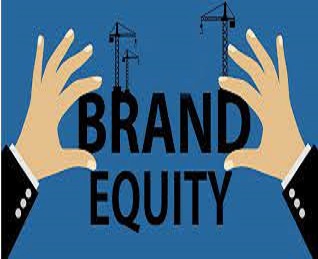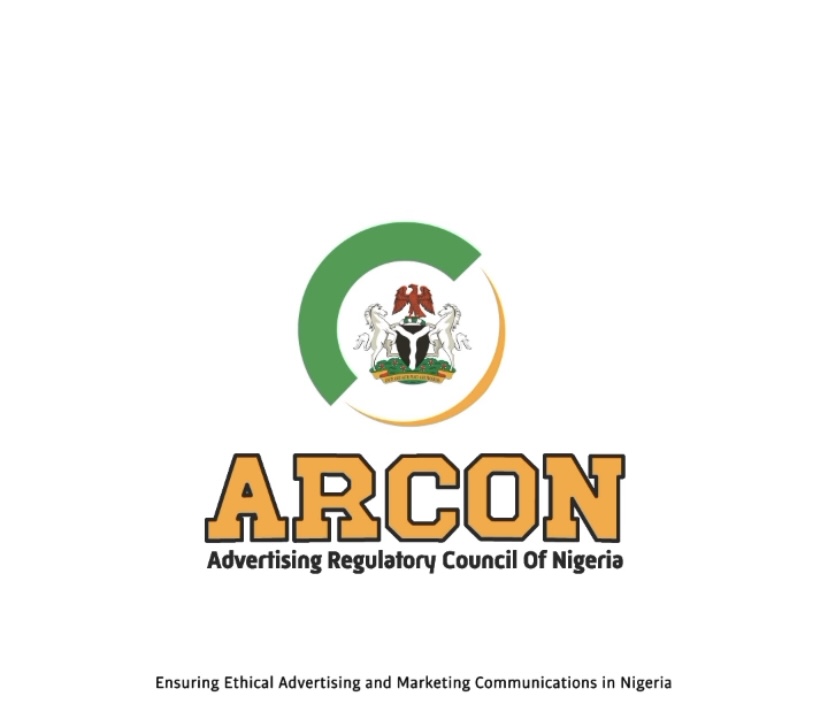When the original Arthur Andersen shuttered in 2002 after facing a criminal indictment tied to Enron, most people thought its 90-year-old brand died with it. We’ve recently learned that such a strong brand name is not so easily laid to rest. WTAS, a San-Francisco tax consulting company, led by several ex-Arthur Andersen alumni, has recently bought the rights of the Andersen brand. They are now officially “Andersen Tax.”
Rather than bring back the brand based on a hunch or nostalgia, WTAS hired a polling company to survey impressions of the Arthur Andersen brand name. They found 83 percent of financial professionals in the U.S. surveyed on the Andersen brand dubbed it “ethical.” Andersen was lauded as a “good place to work” by 77 percent of those polled, a particularly interesting result in light of 85,000 employees who went down with the Arthur Andersen ship in 2002.
The Andersen brand’s trustworthy heritage has remained strong, in spite of a series of high-profile foibles with Enron, WorldCom and Waste Management. The Andersen story is a prime example of the value of building premium perceptions. Investopedia defines brand equity as “the value premium that a company realizes from a product with a recognizable name as compared to its generic equivalent.” There are several steps you can take to build your brand’s equity.
Accept that perception is reality
Strategically communicating your brand attributes (trustworthiness, innovative, proven, etc.) consistently across all media platforms, lays the foundation for how your brand is perceived.
Ideally, your business realities sync with the brand’s perception — but let’s not kid ourselves: there are always bumps in the road. Carefully shaping strategic communications that align with your brand attributes and consistently pushing them out to the stakeholder you want to reach strengthens your brand equity.
Even and maybe especially in tough times, strengthening brand equity is more important than ever.
Good design is a core building block of Brand Equity
What does your company “look and feel” like? Whatever the answer is, that is the image your brand projects. Invest in a brand ambassador with expertise in brand identity and design. This role is critical as it is the best way to ensure your brand identity translates across every communications touch point, from your social media presence to your business cards to your website — and everything in between.
Whether this person is in-house or outsourced, he or she needs to “live and breathe” your company’s persona. An empowered “brand police” presence is a force for good when it comes to building brand equity.
Own it, literally
There is a dollar sign associated to a brand’s value. The firm, Interbrand tracks brand values and their associated changes in brand value from year to year. Staying within the financial services category, consider that in 2014, brand equity in American Express was $19.5 billion, a 11 percent increase in brand value from 2013. The brand value of Goldman Sachs edged up 3 percent, to $8.75 billion, while brand value in Morgan Stanley grew by 9 percent to $12.46 billion.
These statistics drive home the point. Brand equity is real and it’s worth your time and attention. Investment in branding isn’t just good sense, it’s dollars and cents.
Credit: Entrepreneur






Comment
No comments found.